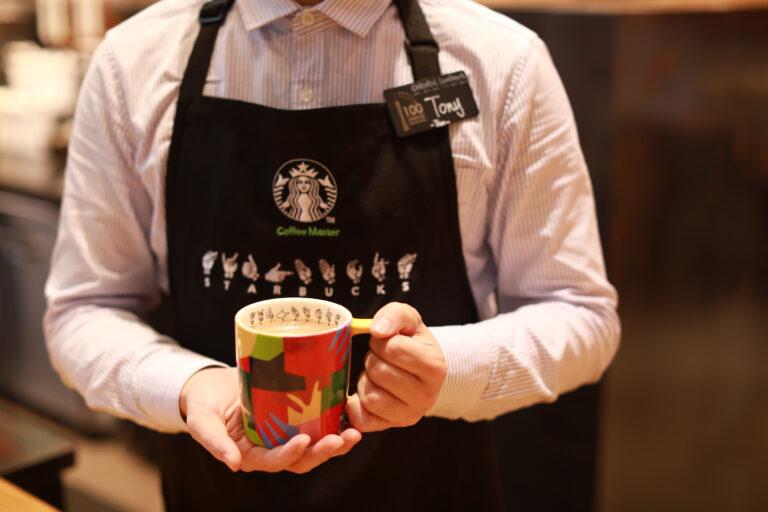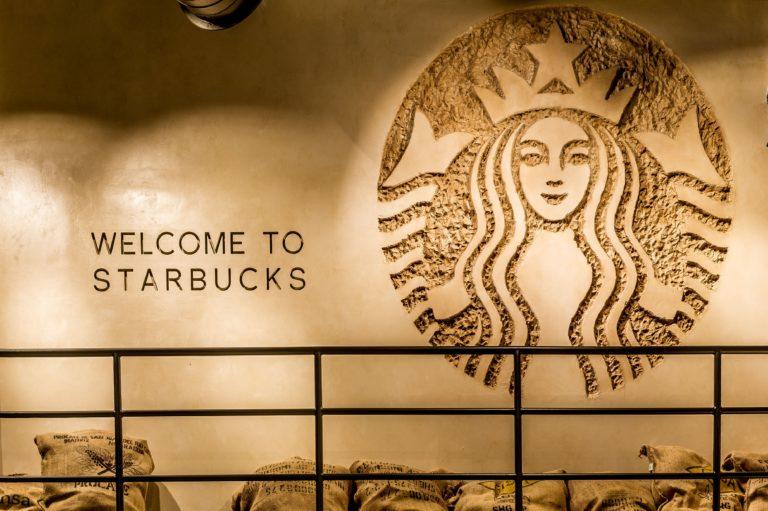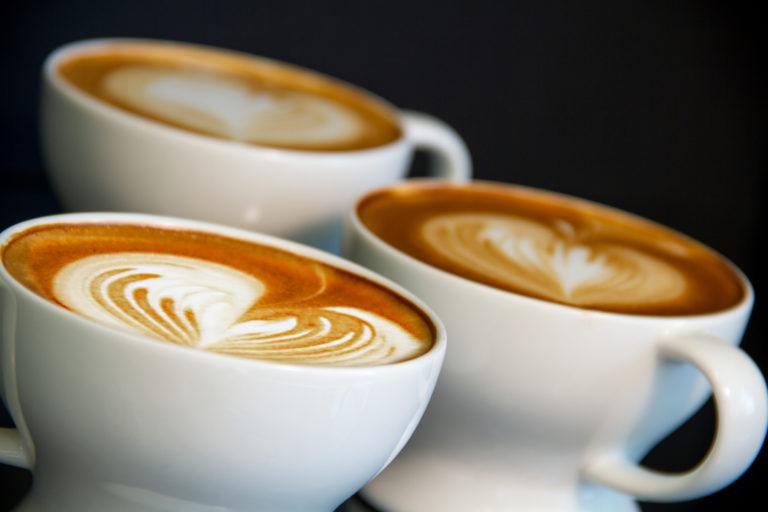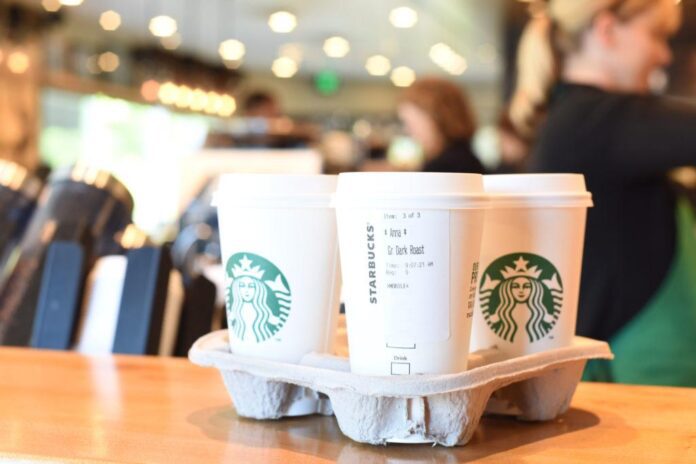Ahead of its Annual Meeting of Shareholders, held in the spring of 2022, Starbucks introduced innovations to its global store portfolio to further strengthen communities and create environments where all feel welcome, part of its continued effort to be a People Positive company. As part of this commitment, the company will expand the number of Community Stores it opens globally, establish tools to help Starbucks better understand the communities it serves and set a new standard for inclusive and accessible store experiences that benefit Starbucks partners (employees) and customers.
Starbucks commitment to be People Positive – a bold aspiration to enhance the well-being of all who connect with the company, rooted in inclusion, opportunity and community – sits at the heart of Starbucks’ Mission and Values, and comes to life through Starbucks partners and its stores.
“Since our earliest days, we have worked to create a culture of warmth and belonging in our stores – a place where everyone is welcome,” said Katie Young, senior vice president of global growth and development at Starbucks. “We know that the more we design for inclusion, to be welcoming and to strengthen our communities, the better our business will be and the better the Starbucks experience will be for our partners and customers. It inspires and motivates us to make our store and digital environments even more inclusive and accessible at every turn.”

Expanding Community Store Initiative Globally
As part of its goal to enhance the well-being of all who connect within its stores, Starbucks will open or dedicate 1,000 Starbucks Community Stores globally by 2030. These store concepts create environments for Starbucks partners to connect with, engage and represent the communities they serve.
Globally, nearly 150 Community Stores already exist, creating a space aimed to help uplift communities in locally relevant ways. These store concepts – led by partners who directly connect to the initiative or cause of that store – provide intentional and dedicated programming and experiences that support economic opportunity in communities, create pathways to opportunity for Starbucks partners, and amplify the positive impact of Starbucks partners and the Third Place. Community Stores around the world are inclusive of several store models, from serving under-resourced and vulnerable communities, to empowering farmers, youth and women, supporting military communities and creating impact in partnership with local nonprofit organizations.
In the U.S., these locations focus on helping provide economic opportunity in rural and urban communities through local hiring, creating dedicated space for communities to come together for events, partnering with local artists and working with diverse contractors and sub-contractors or focus on supporting service members, veterans and military families.

Leveraging New Tools to Better Understand Communities Starbucks Serves
Starbucks will use the American Human Development Index (HDI), developed and calculated by Measure of America (MoA), an initiative of the Social Science Research Council, to identify where its Community Stores could provide the most value and better serve vulnerable communities in the United States.
This information will help inform where and how Starbucks expands its Community Store portfolio in the United States, leveraging insights to create custom, innovative programming focused on inequities across education, food security, health and economic security. In addition to supporting economic development in under-resourced neighborhoods, Community Stores also serve as incubators for how Starbucks can scale locally-relevant programming to nearly 9,000 Starbucks stores across it serves across the country.
The HDI, one of the most widely used indices of well-being around the world, is a summary measure of average achievement in key dimensions of human development: a long and healthy life, access to knowledge, and having a decent standard of living.
Designing Inclusive Experiences
With the recognition that 1-in-4 American adults has a disability and all people experience changes to their physical or mental health, Starbucks is working to extend disability inclusion and accessibility.
Starbucks is committing to design, test and scale more inclusive design standards and experiences across its store portfolio, starting in the U.S. and then expanding standards globally, with the goal of ensuring that physical and digital Starbucks environments will meet an elevated standard of accessibility by 2030.

These standards will provide customers with more options to enjoy both their in-store and digital Starbucks experiences by creating more ways to communicate both visually and audibly and by offering more tools to help customers navigate physical store environments. To advance these standards, Starbucks is testing technology solutions in select store locations including:
- Speech-to-text technology that provides a live visual display of speech for partners and customers to reference when placing or picking up an order.
- Order readiness notifications through a customer order status board that visually provides an update and confirms when an order is ready.
These efforts build on other accessible design improvements over the last year. Since 2021, Starbucks has offered free Aira service, which connects people who are blind or have low-vision to trained, professional visual interpreters who provide instant access to visual information about the customer’s surroundings through a smartphone app. Starbucks also offers multiple formats of the menu including large-print and Braille menus in all stores in the U.S. and Canada.
Globally, Starbucks operates 11 Signing Stores that provide a space for the Deaf and hard of hearing community to connect through sign language and celebrate Deaf culture.
“We applaud Starbucks’ commitment to designing more accessible in-store and digital experiences that create a true sense of belonging for everyone,” said Jill Houghton, President and CEO, Disability:IN. “This inclusive design methodology helps level the playing field by recognizing disability is part of the human condition and is a natural part of anyone’s identity. We know that by designing a better experience for people with disabilities, you are also designing a better experience for all.”






